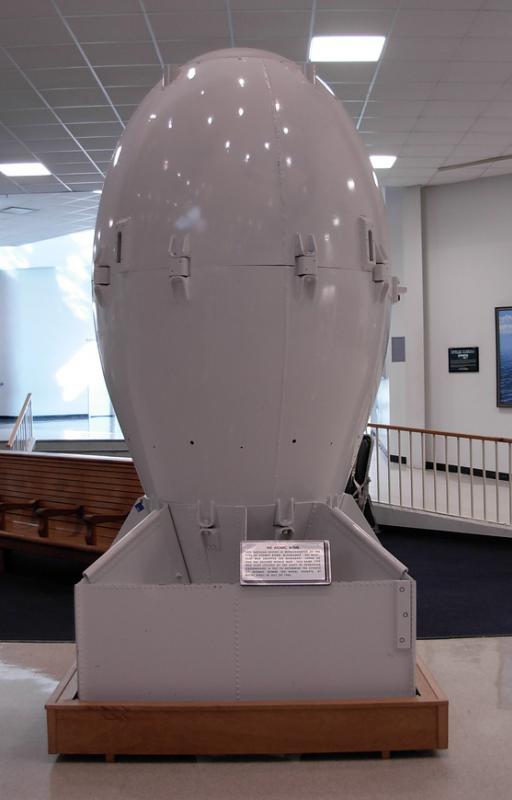At WiseGEEK, we're committed to delivering accurate, trustworthy information. Our expert-authored content is rigorously fact-checked and sourced from credible authorities. Discover how we uphold the highest standards in providing you with reliable knowledge.
What are the Primary Delivery Methods for Nuclear Weapons?
Nuclear weapons are probably the most destructive weapons the world has ever seen. They are powerful enough to give any side a decisive advantage if used in sufficient numbers and with diverse enough delivery methods. Because of this, nuclear states -- the United States, Russia, China, France, the UK, India, Pakistian, and Israel -- are reluctant to give them up. If nuclear war did break out, what delivery methods would be used? A macabre question, but worth considering for the geopolitical implications.
There are four primary delivery options available for nuclear weapons, each with its own advantages and disadvantages. The most obvious is mounted on a missile. All the nuclear states possess at least intermediate-range ballistic missiles (3,300 - 5,500 km range), and most of them have intercontinental ballistic missiles (greater than 5,500 km range). These missiles would be fired either from military bases or submarines. Submarines offer the most lethal attack option, as they are highly stealthy and are less susceptible to a first strike than a stationary missile bay. If it weren't for submarines, it might actually be possible to defeat a nuclear country with a nuclear first strike, simply by nuking all of its missile bays.

Another delivery option for nuclear weapons would be to use high-altitude bombers, like the B-2. This is the option that was used for the nuclear bombings of Hiroshima and Nagasaki in the final weeks of World War II. Today, bombers are very stealthy and fly at high altitudes. They are probably deployed to fly in continuous circles over the world's oceans at all times -- we don't know. This would give them the advantage of being able to avoid first strike attacks. The United States maintains various bases on isolated islands around the world, to give the nation a potential head start in deploying nuclear weapons in the instance of a war. One B-2 bomber can hold 16 nuclear weapons.

Other deployment methods for nuclear weapons would be theater-specific, designed to be deployed by more or less conventional forces in the heat of an intense war. This brings us to the other two deployment methods -- conventional cruise missiles and mortars. These "tactical nuclear weapons" would have a smaller yield than the large bombs deployed on missiles or by bombers, and would be designed to be used against incoming enemy forces. During the Cold War, numerous nuclear mortar-equipped US troops were stationed in Germany, ready to attack the Soviets should they invade Europe. Today, the mortar-based approach has largely been phased out in favor of more sophisticated and long-range delivery systems.
AS FEATURED ON:
AS FEATURED ON:














Discuss this Article
Post your comments